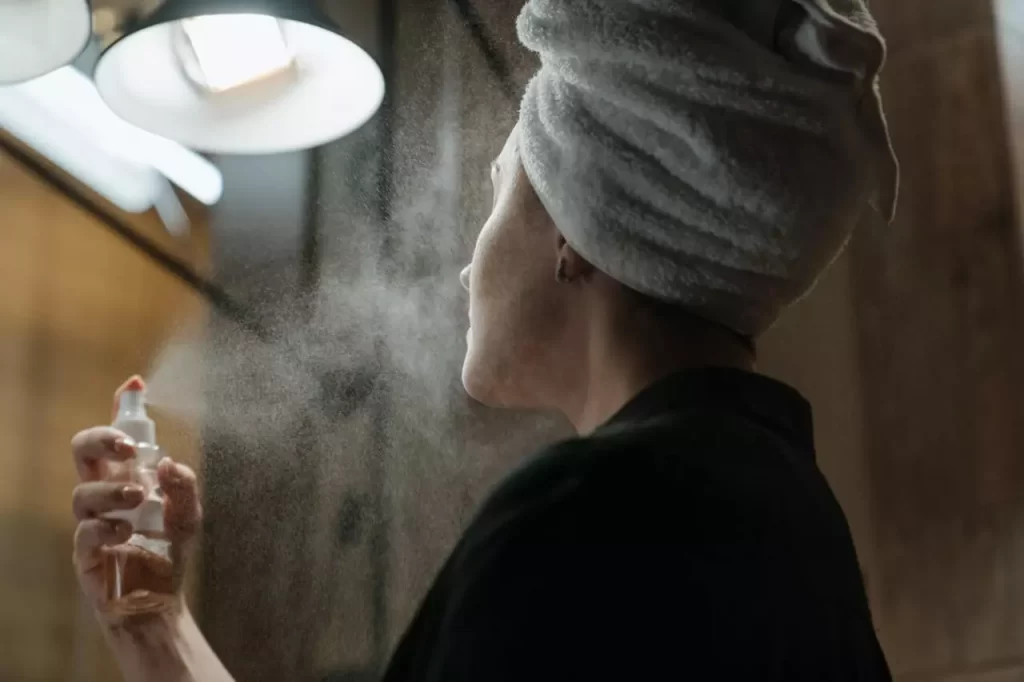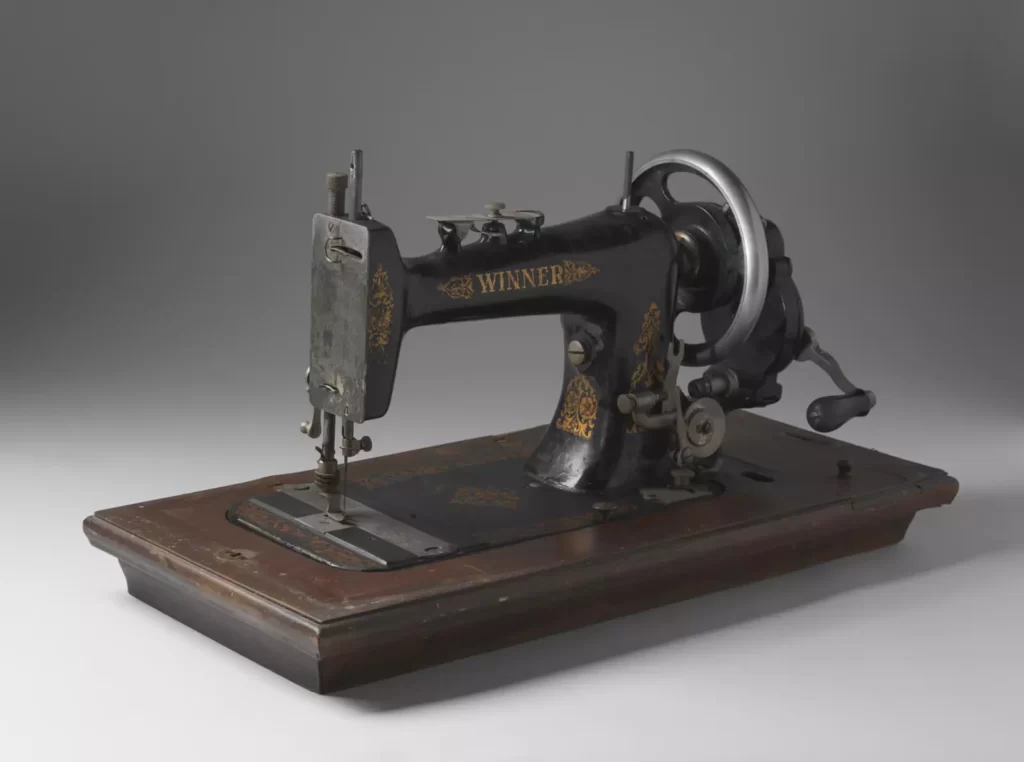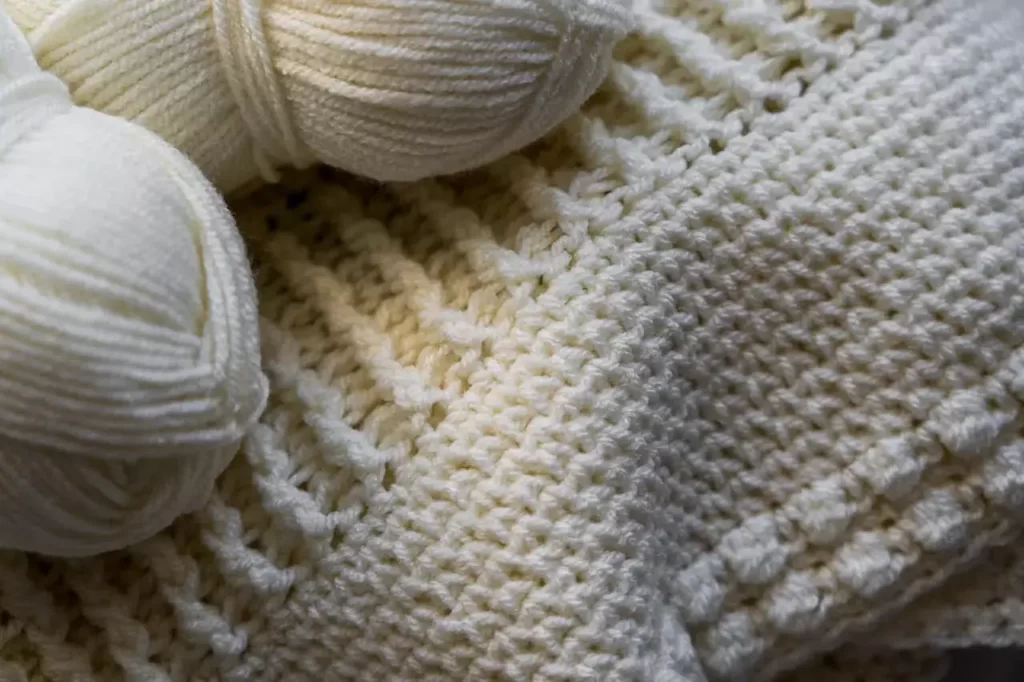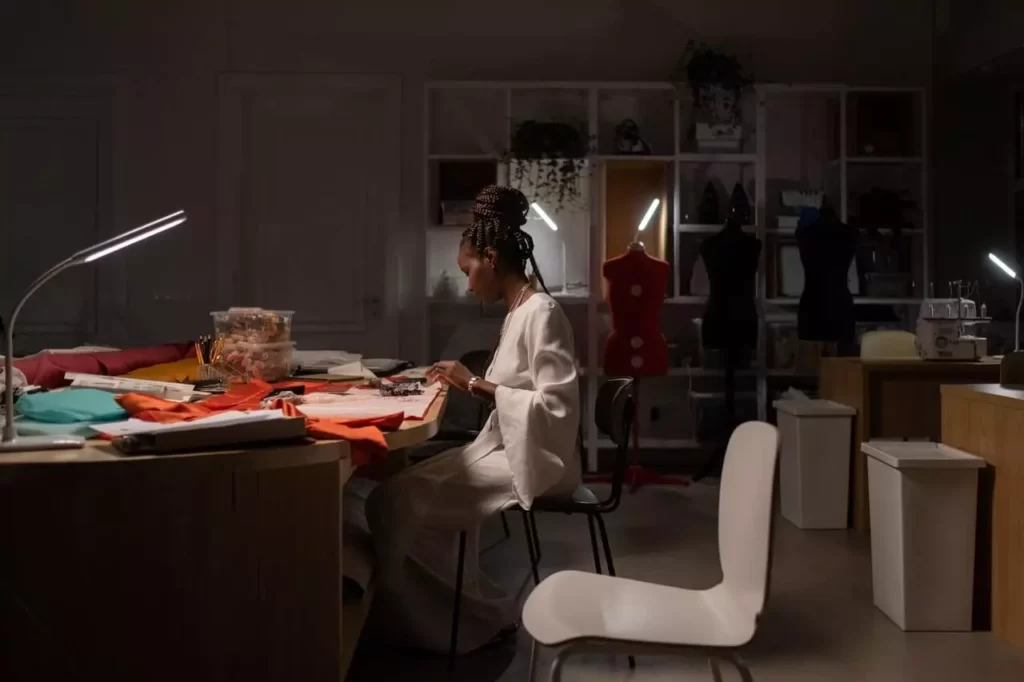What is Stitch Per Inch (SPI), Reverse Sewing, Checkpoints, and Stitch Tension? Well, we are gonna learn these four topics today.
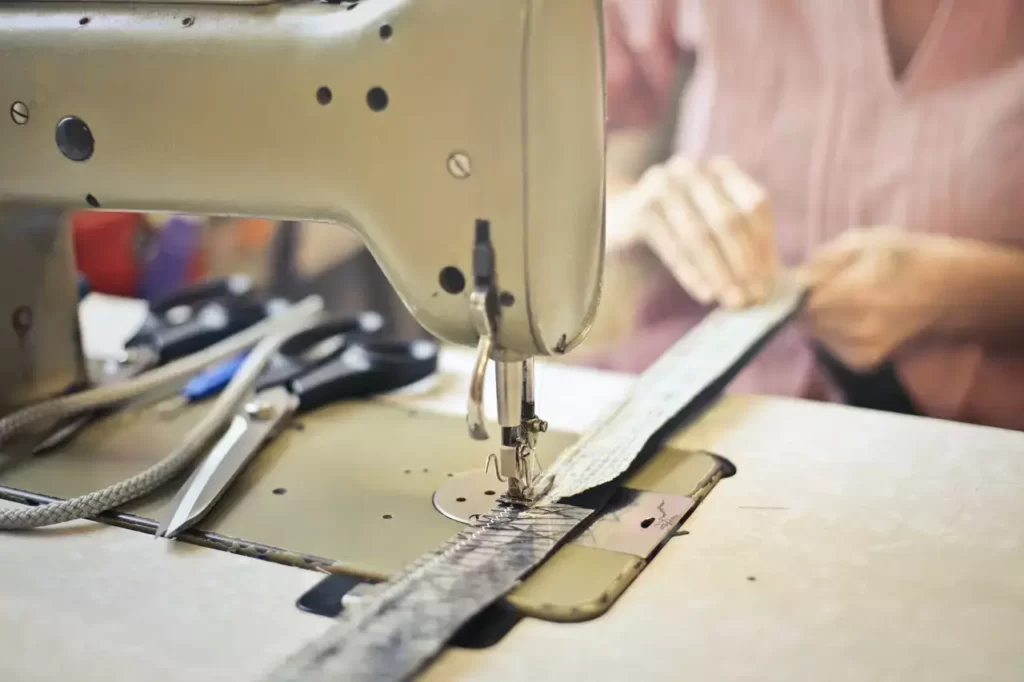
Stitches Per Inch (SPI)
Every cloth needs different types of stitches. Rather I’ll say different sizes of stitches. A thin fabric needs more stitch than a thick fabric within the same length. And for that, we need to know Stitches Per Inch, SPI.
- The Size of Stitches depends on fabric thickness. Stiching size will be different for different fabrics.
- Stich regulator has size marking in mm.
- If one stitch is 0.2 cm then, within 1 inch the total number of stiches will be 2.54/0.2 units. (1 inch = 2.54 cm) So, that mean for stiching size 0.5 cm SPI is 12.7.
Reverse Sewing
To prevent the stitch from unraveling at the beginning, points of stress, end of seams, we might need to do reverse stitching.
- Firstly, push the lever down
- As long as the lever is down, you can do reverse sewing
- When done, release the lever and it will return to ots original position.
If a stitch length regulator works as a back tack lever in your machine, push it up for reverse stitching. Reverse stitching is also known as Back Tacking.
Checkpoints
Before starting the machine, you need to check everything is in the proper condition or not. To simplify the process here is the list you need to check before starting.
- Needle must be properly threaded.
- Check the require Stitch Length, and set that.
- Regulate the Pressure on the presser foot and presser foot should be tightened firmly.
- Bobbin should be properly inserted into the bobbin case.
- Stitch Tension (See the next point to know what is Stitch Tension)
Stitch Tension
It is very important to get correct tension. For a proper stitch, the sewing machine needs a top and a bottom thread. These two threads need to work parallelly because if not, one thread will pull another thread. And as both threads are interlinked through the fabric, it will cause a defective stitch.
Now, What is Tension? The amount of thread passed through the sewing machine for stitching, is called thread tension. So lesser the thread, the tighter stitch will be.
Balanced Tension
We know that we need to balance the tension for proper stitching. Ideal stitches will only form when the needle thread and bobbin thread are perfectly interlocked in the center of the fabric. For each stitch, a balanced amount of each thread will be used from each side. Before inserting the bobbin case into the sewing machine, check the bobbin tension and adjust as you require. Use the same number and types of fabric layers, correct needle, and thread for the fabric. Check THIS for Adjusting Thread Tension.
Unbalanced Tension
Tighter Upper Tension
The upper tension is too tight if the thread from the needle lies flat on the surface of the fabric with the bobbin thread clearly looping over it. Links will take place towards the top layer of the fabric. Loops will be seen on the topside of work. It suggests that there is either too much tension on the top thread or too light on the bobbin thread. To bring the link down, toward the center of the fabric layers, decrease the top tension.
Looser Upper Tension
The upper tension is too loose if the links are toward the bottom fabric layer. Loops will be seen on the bottom side of the work. This means either that the top tension is too loose or there is too much tension on the bobbin thread. To bring the link-up, near the center of the fabric layers, enhance the top tension.
That's all for today! I hope you liked it (❁´◡`❁)

